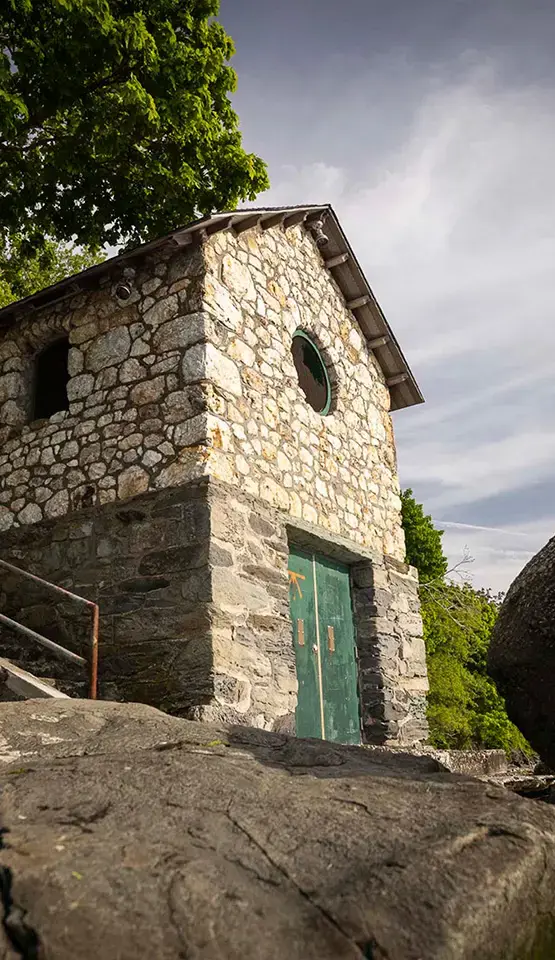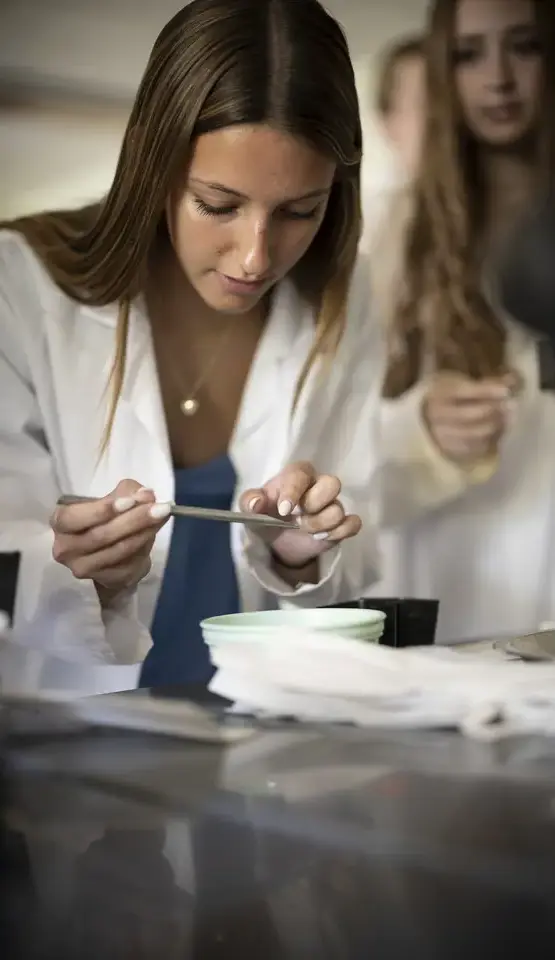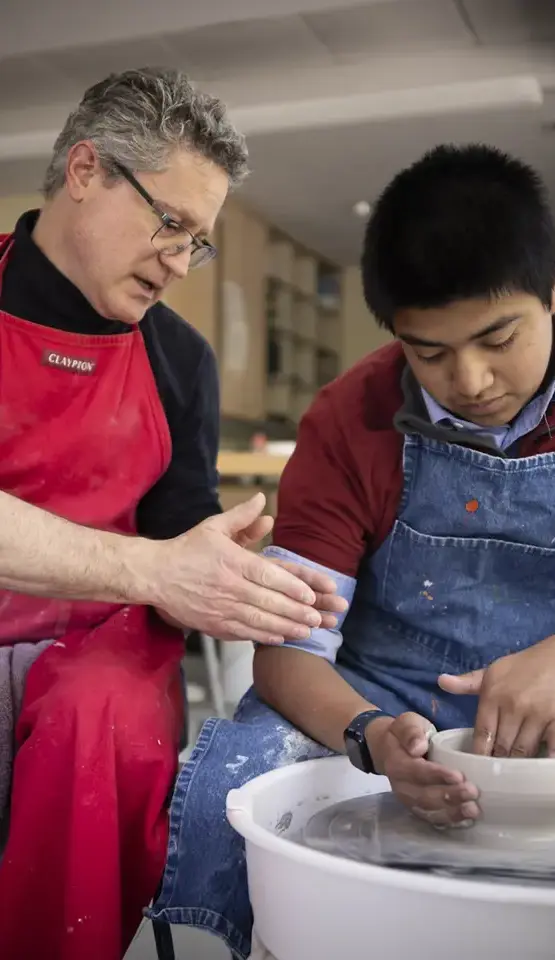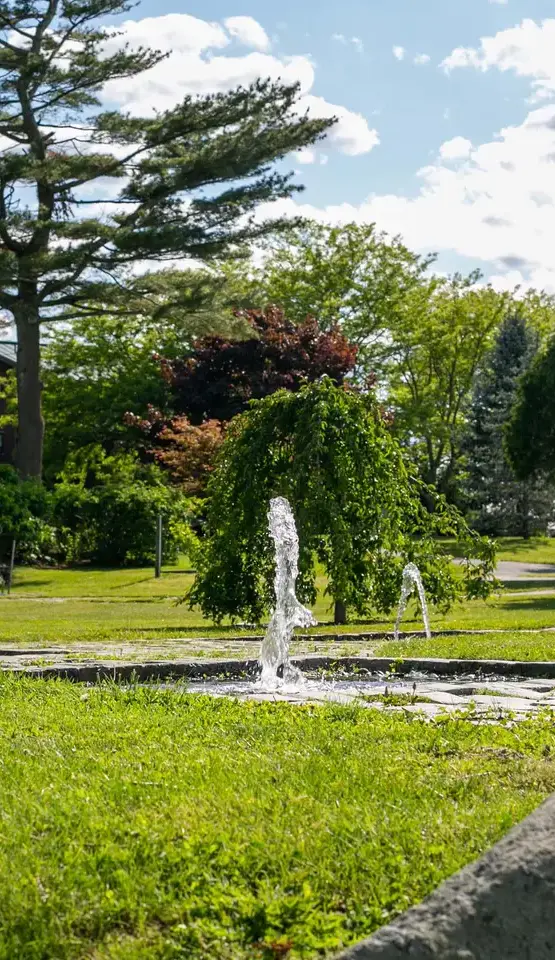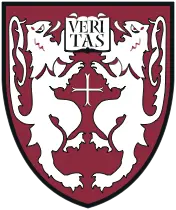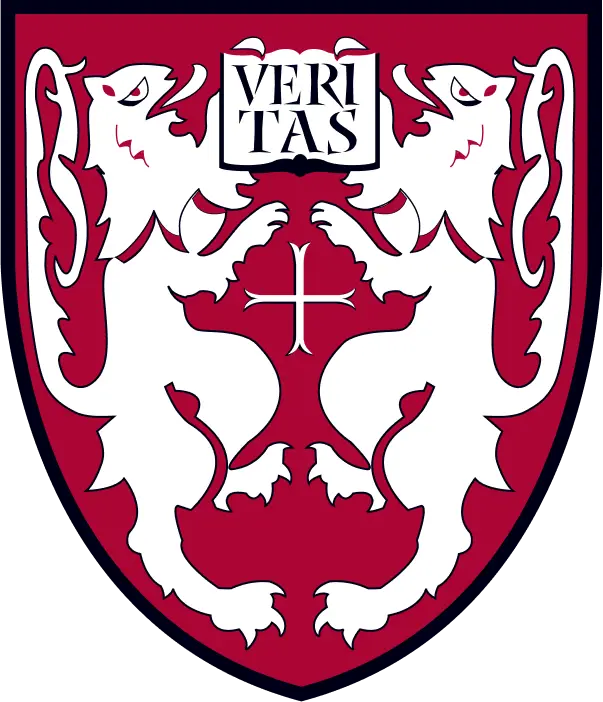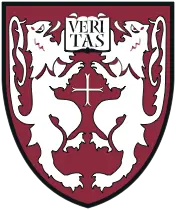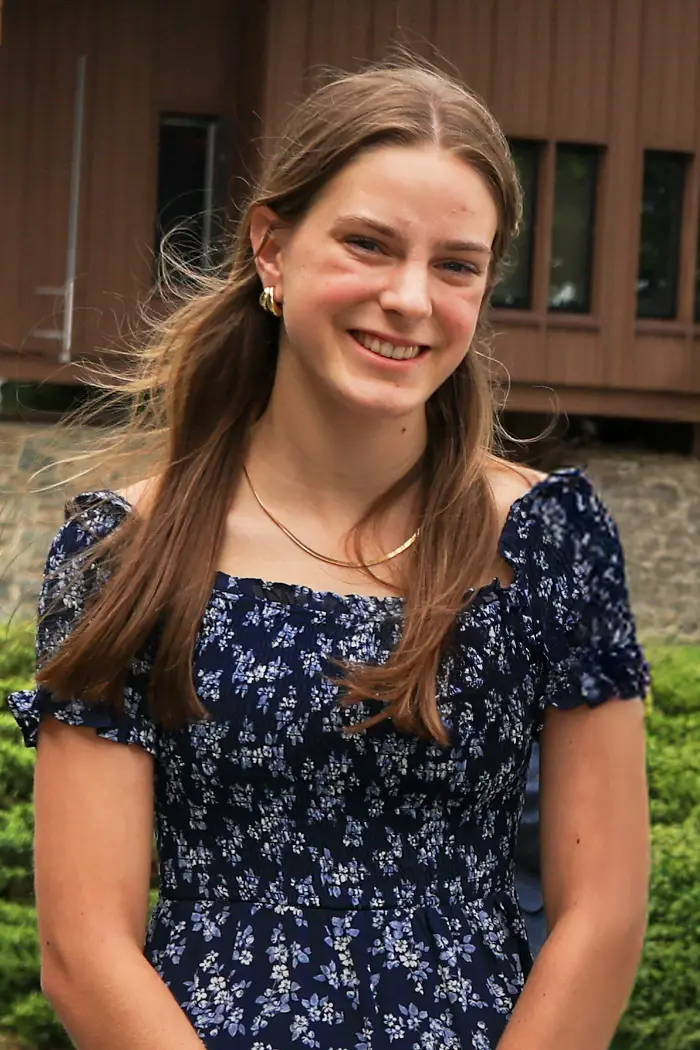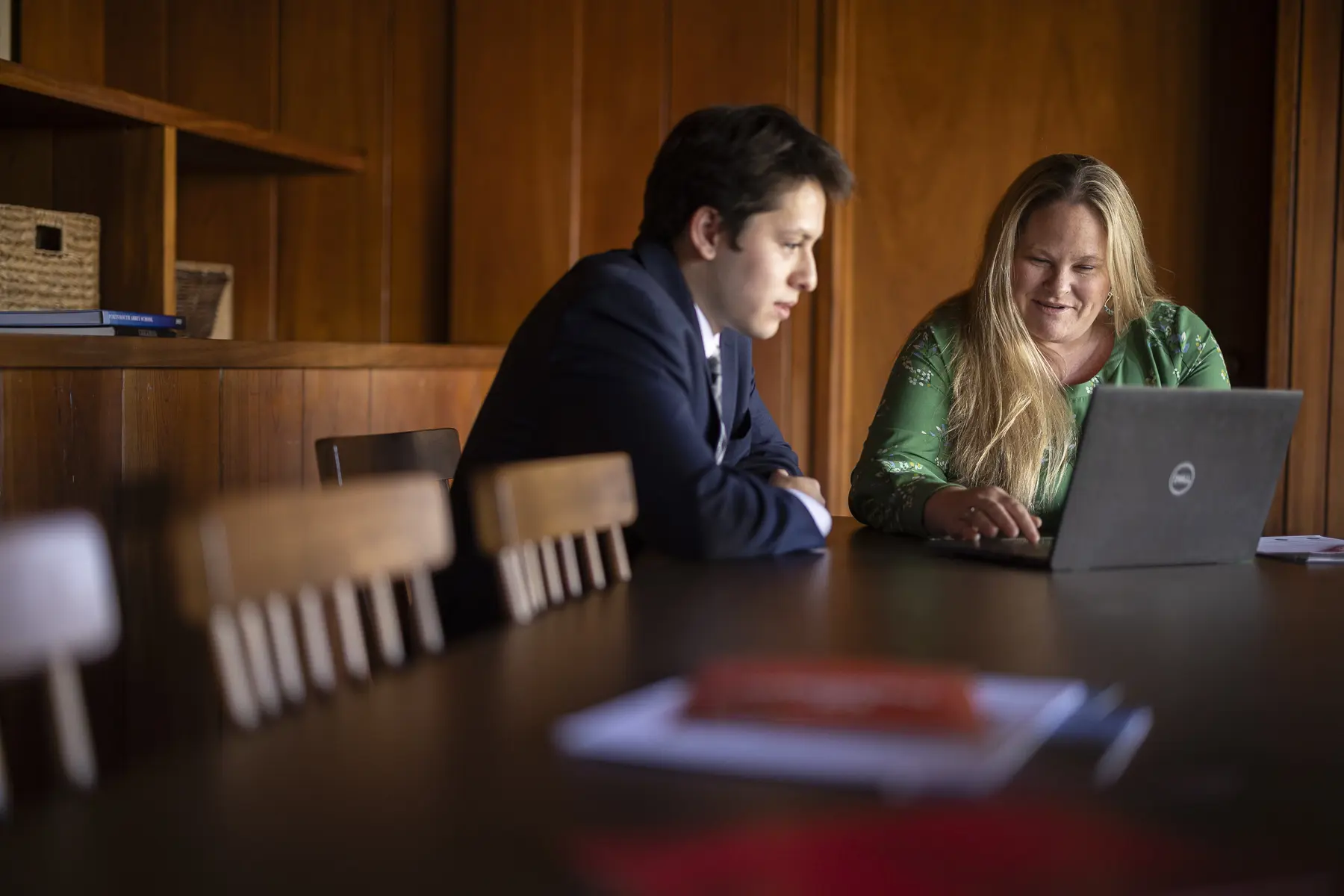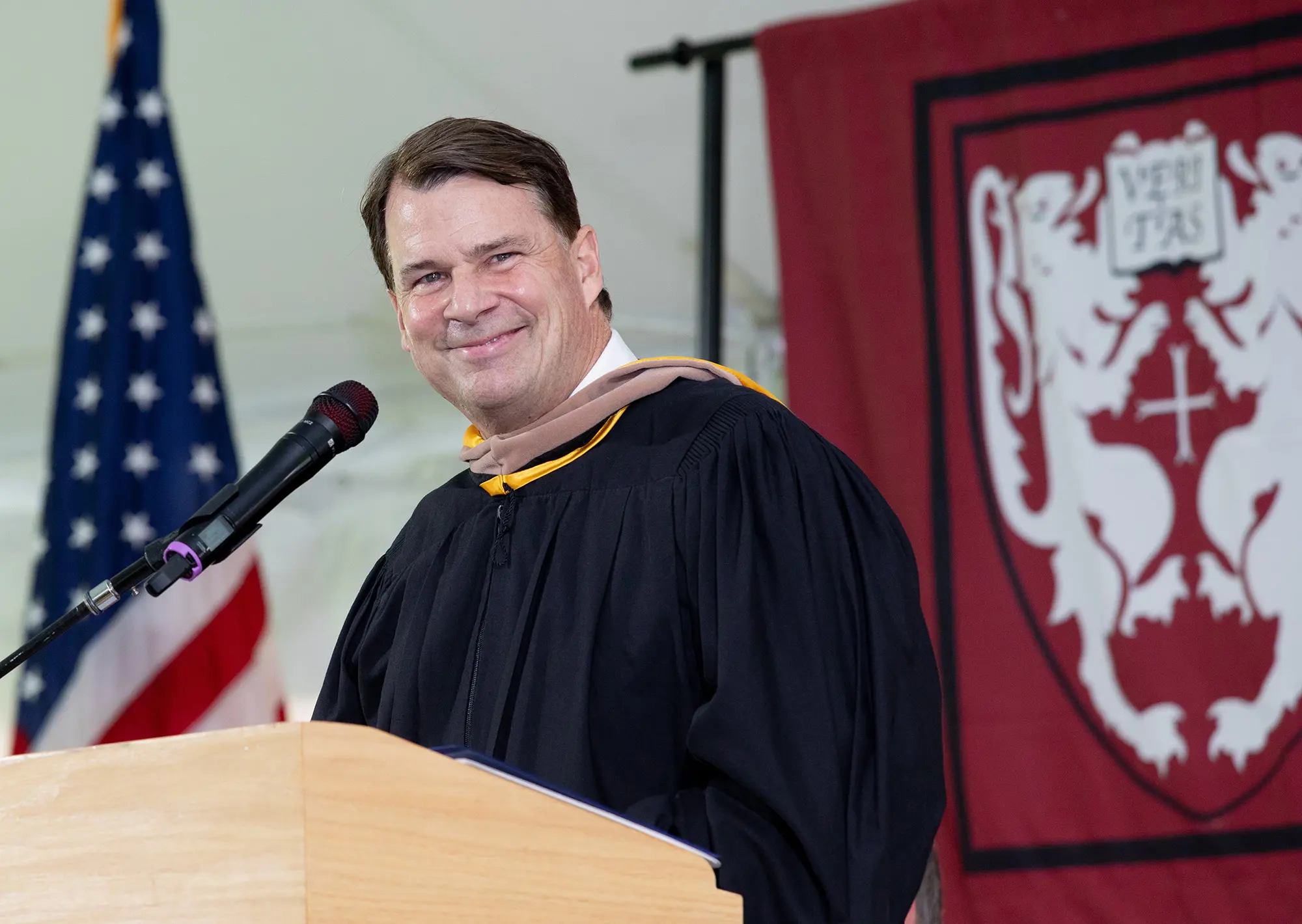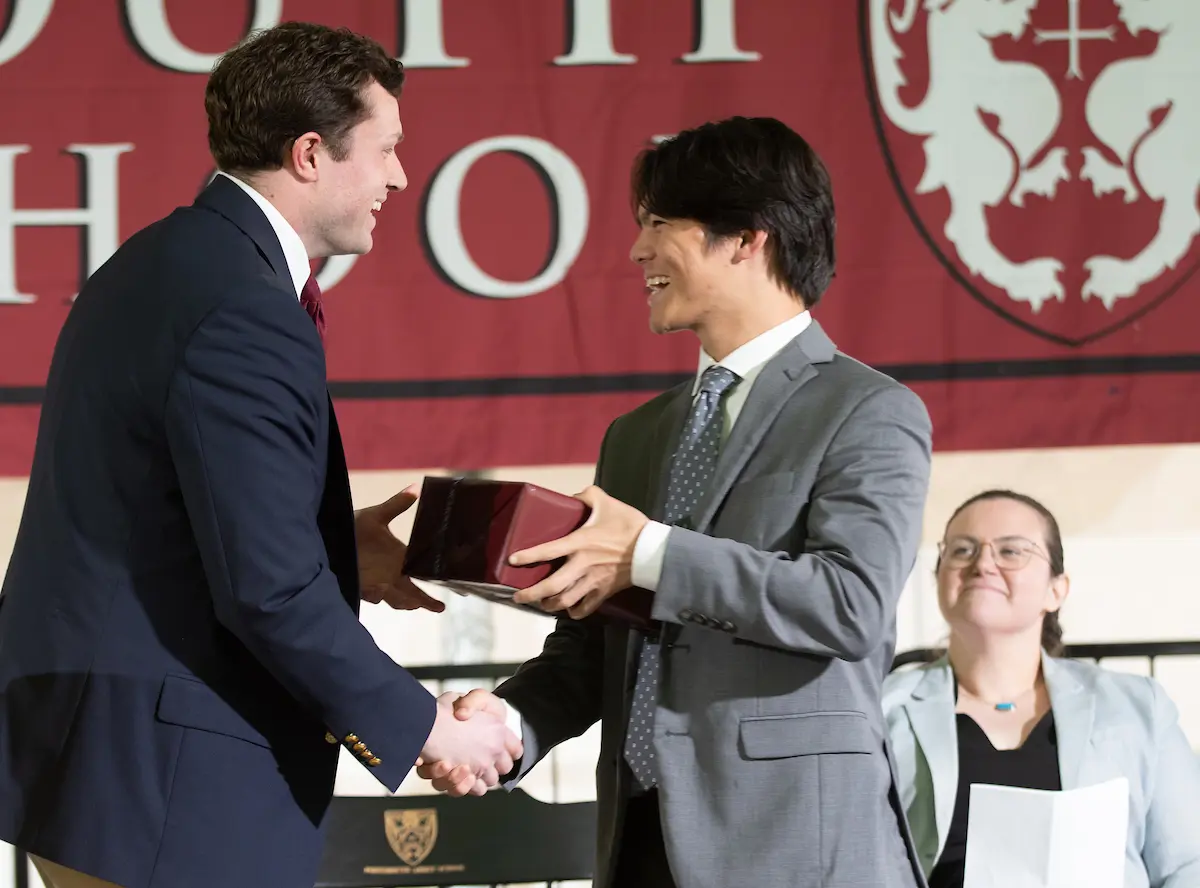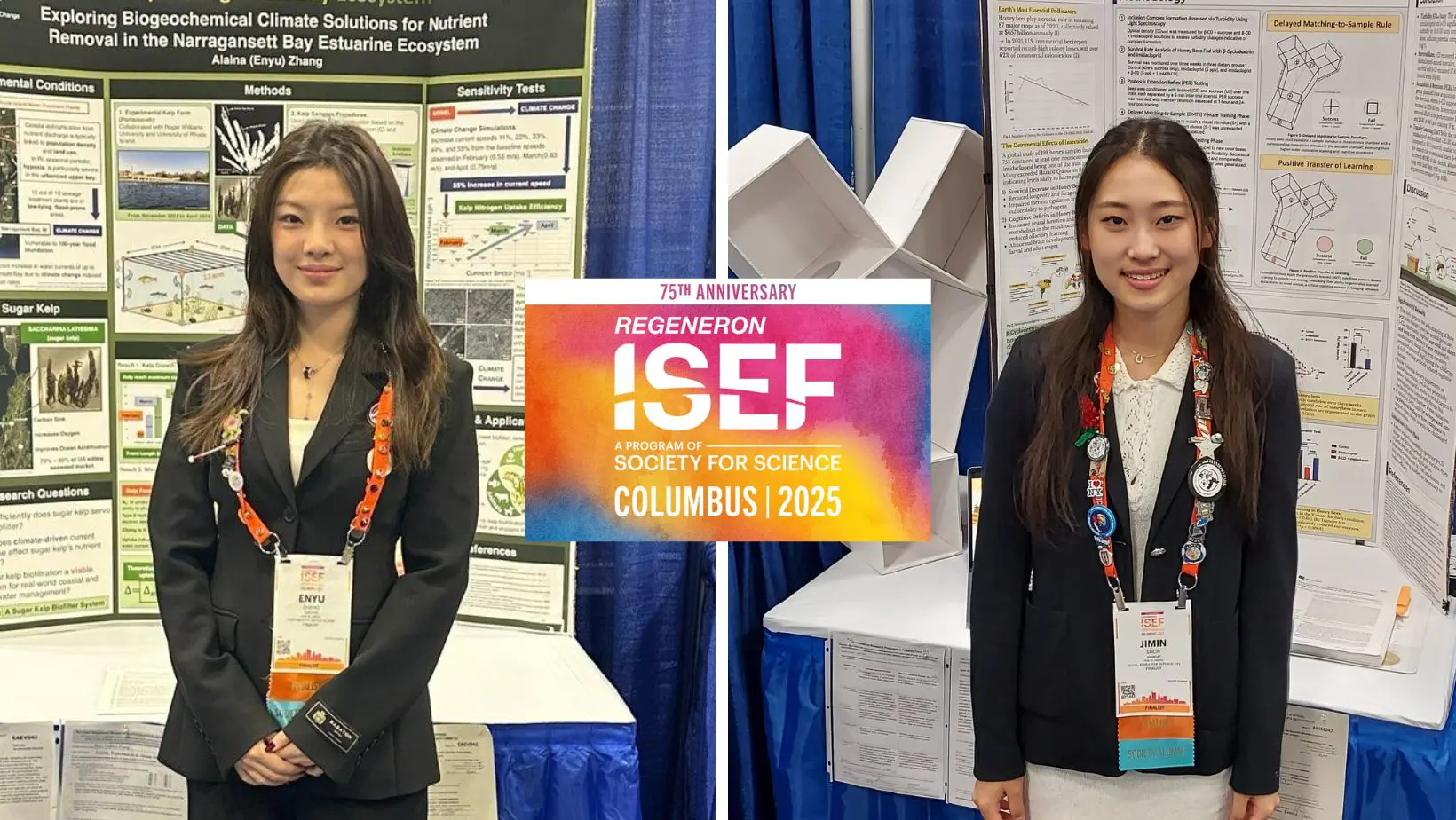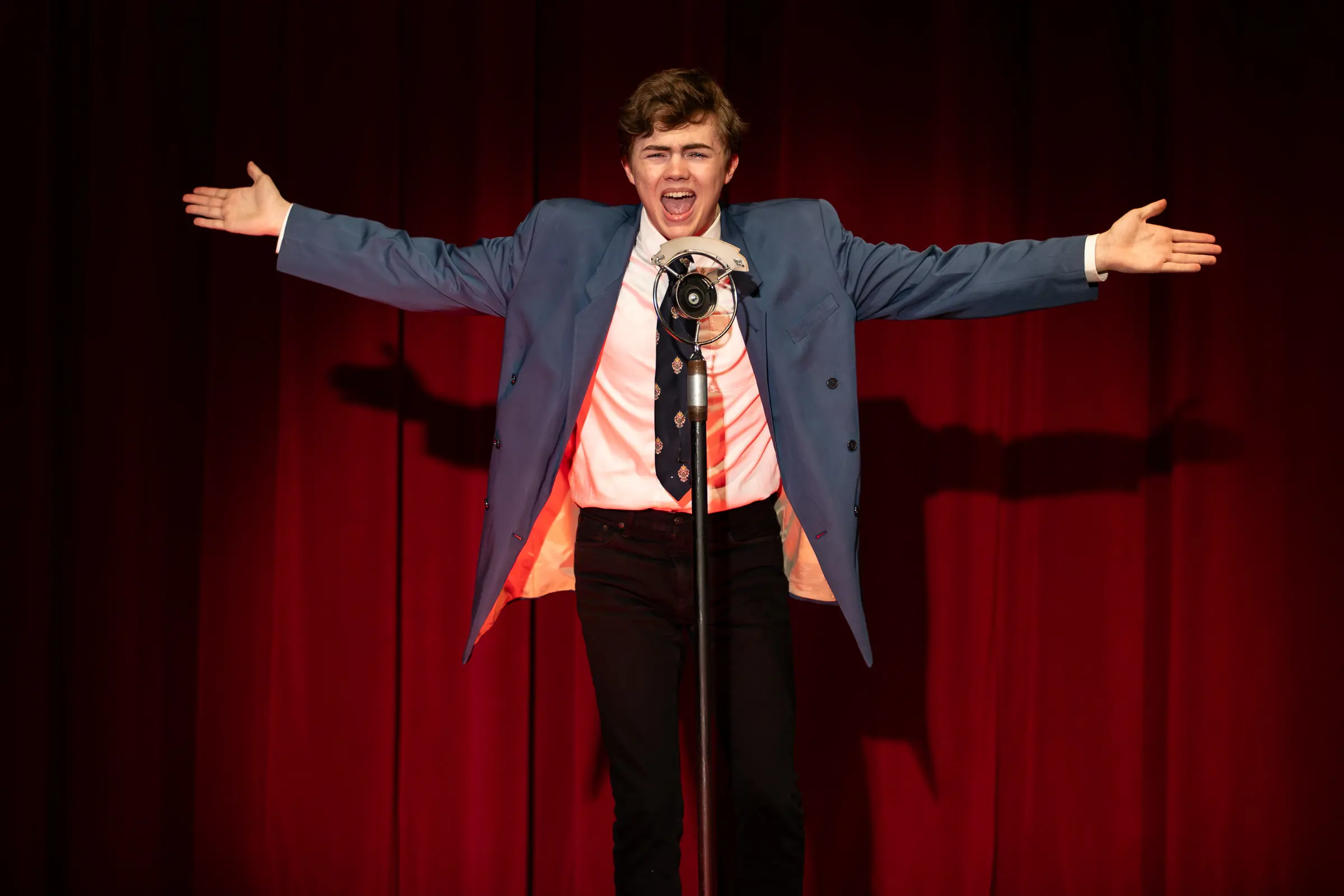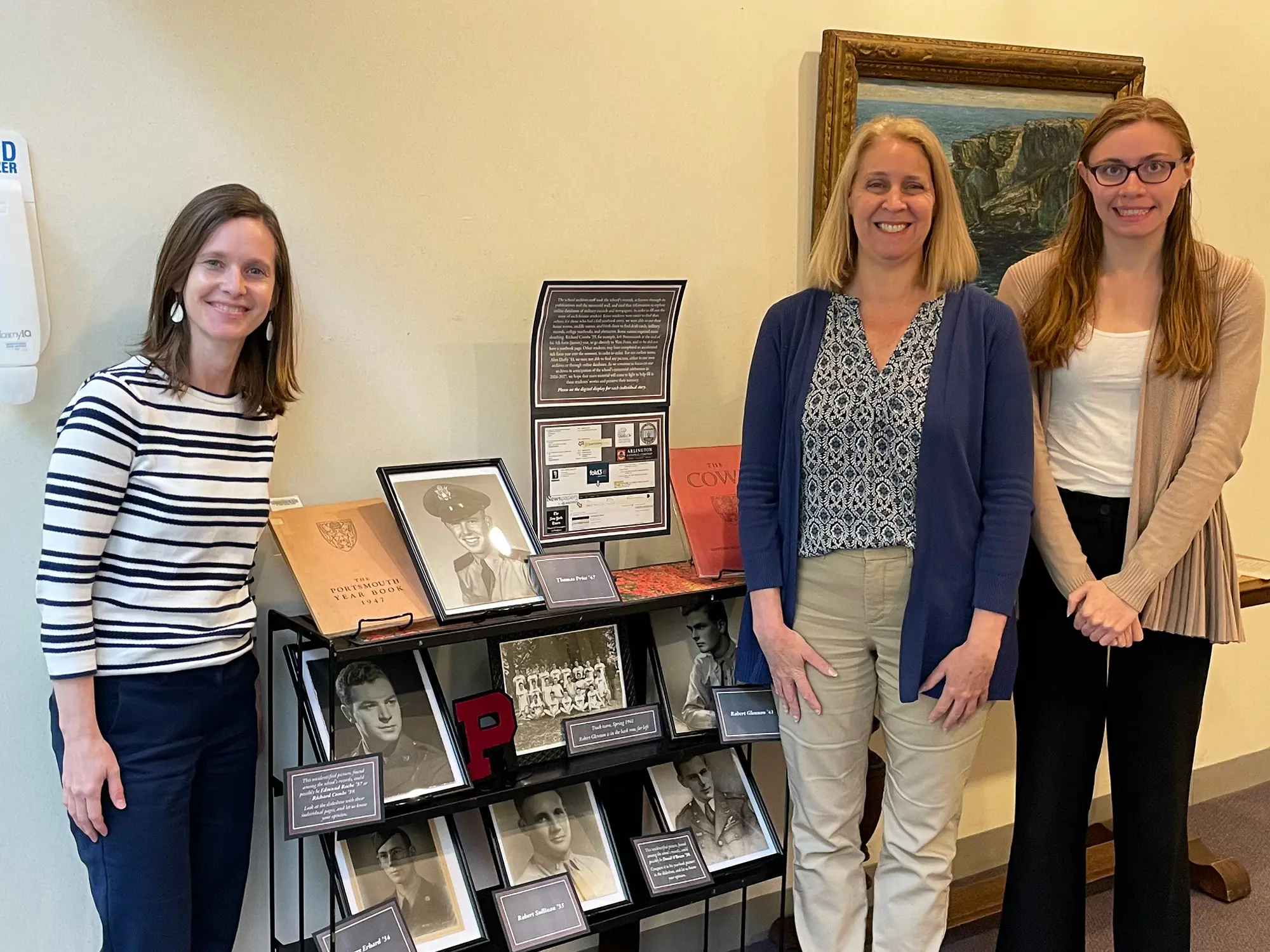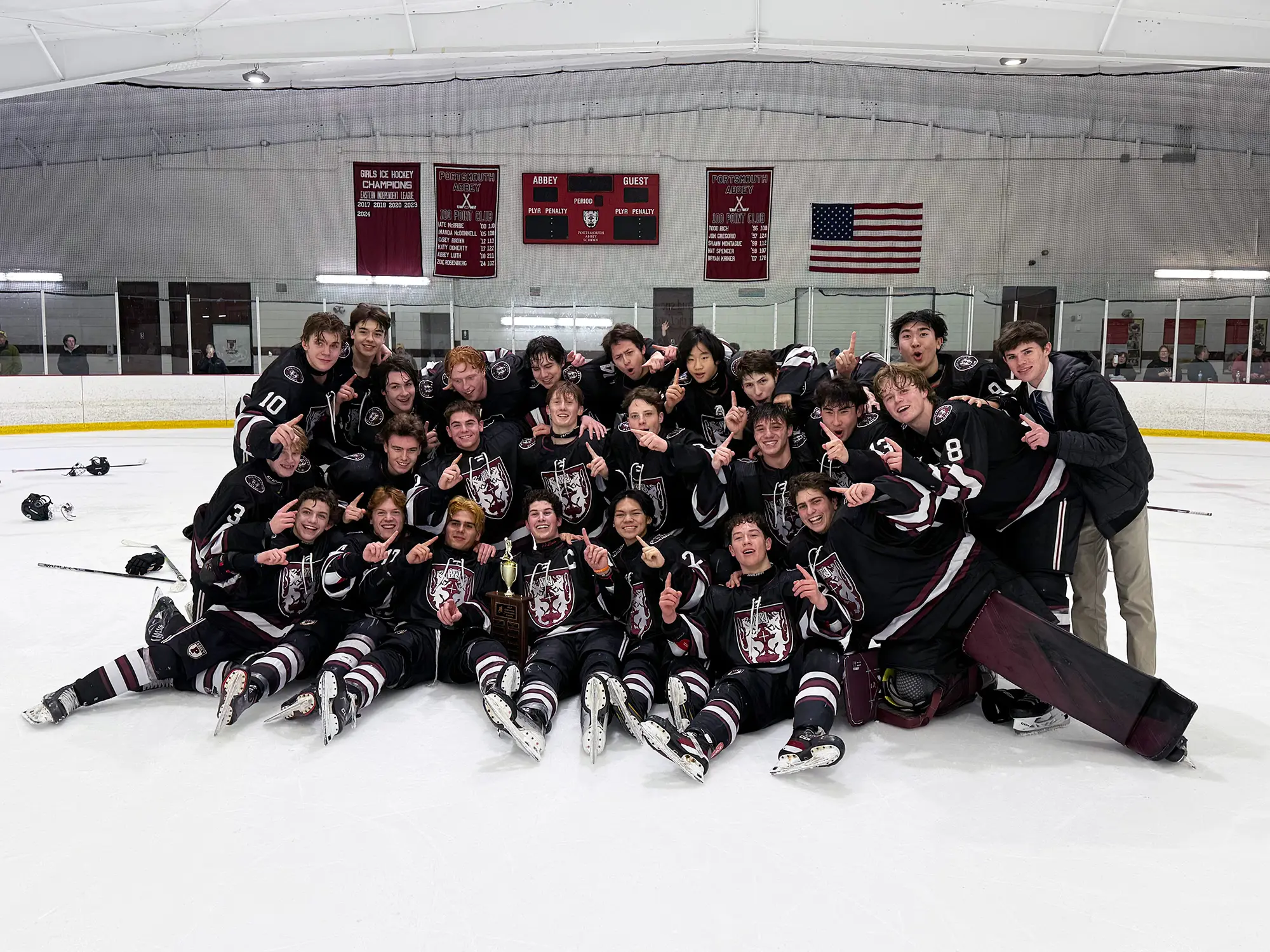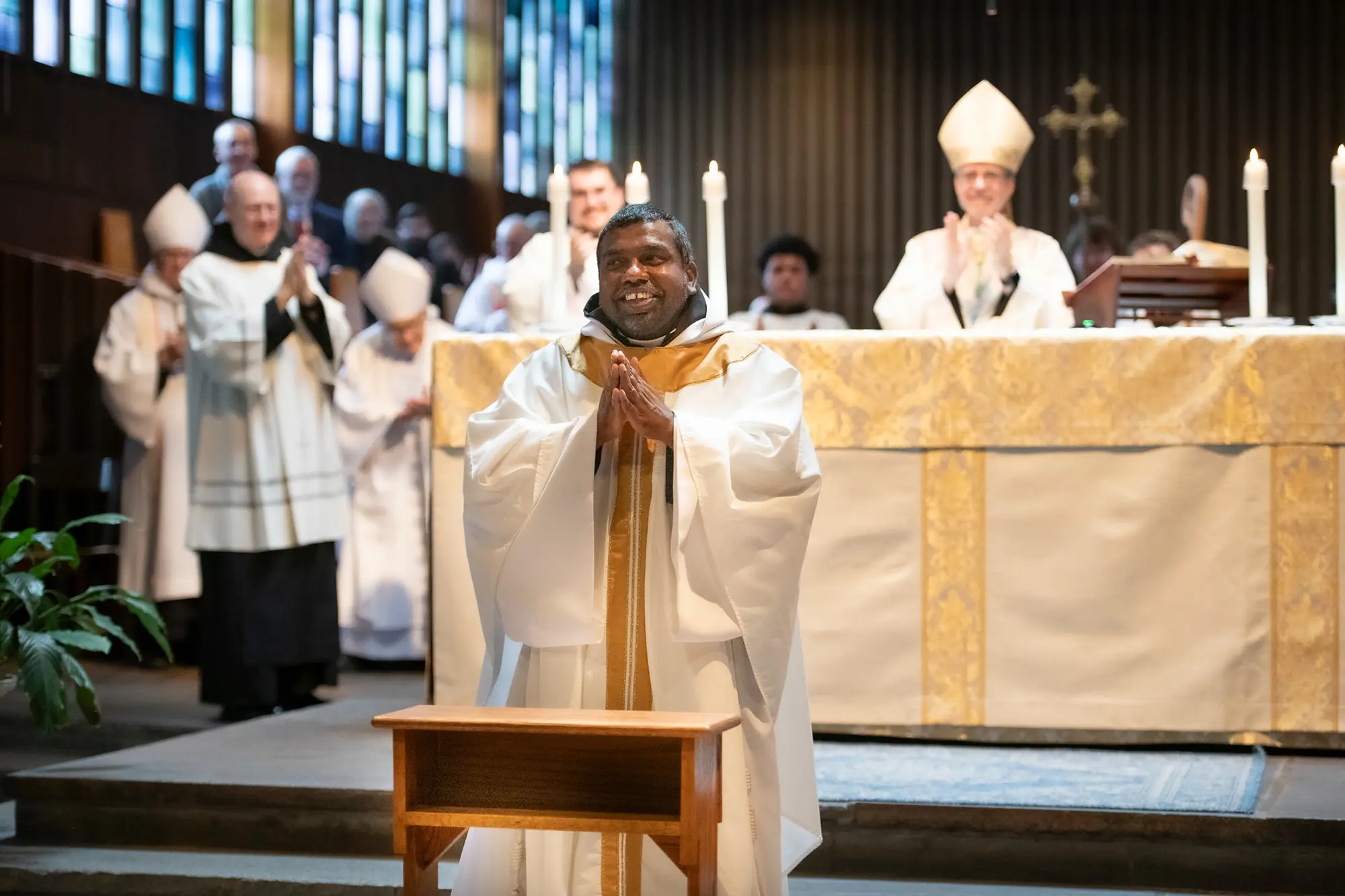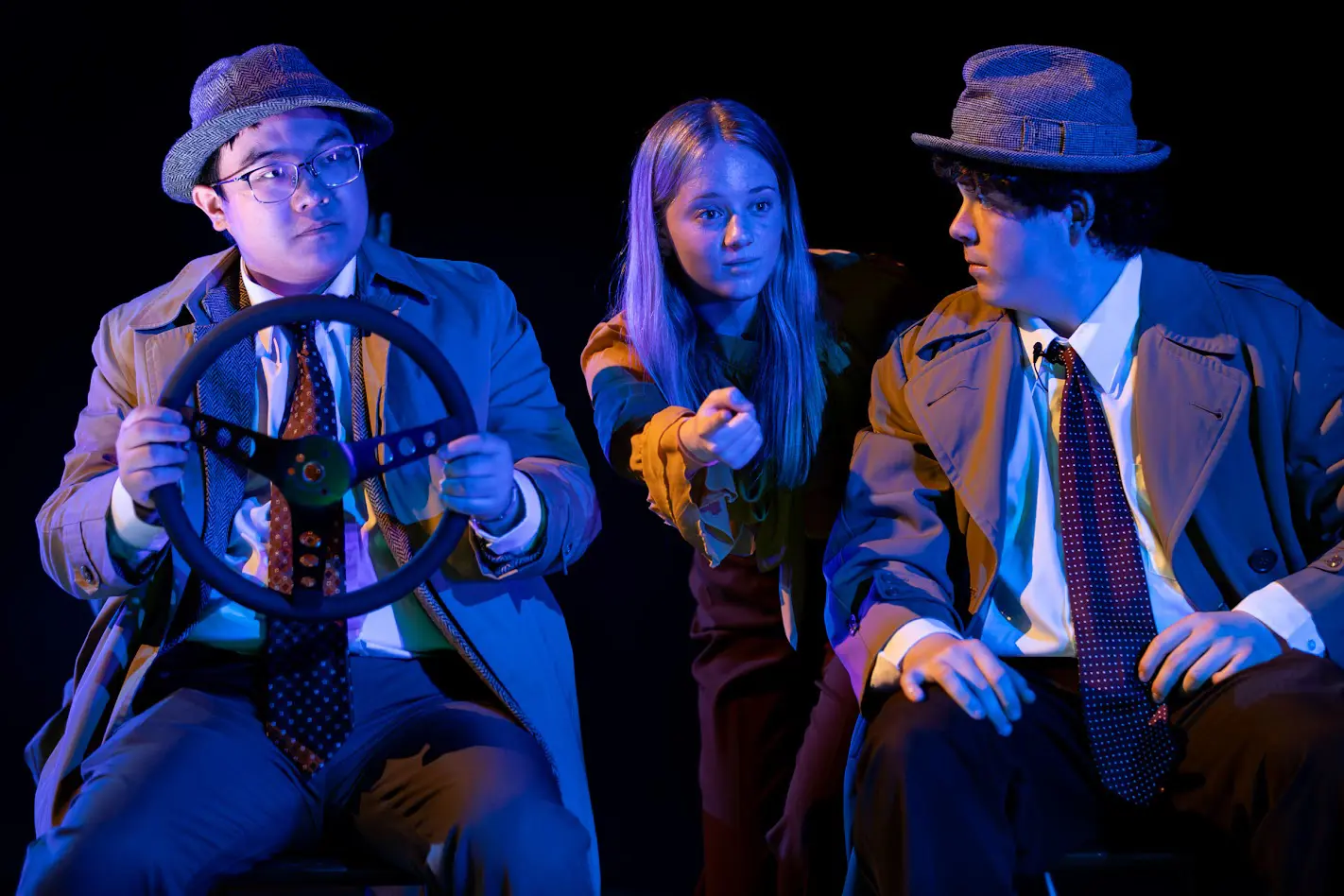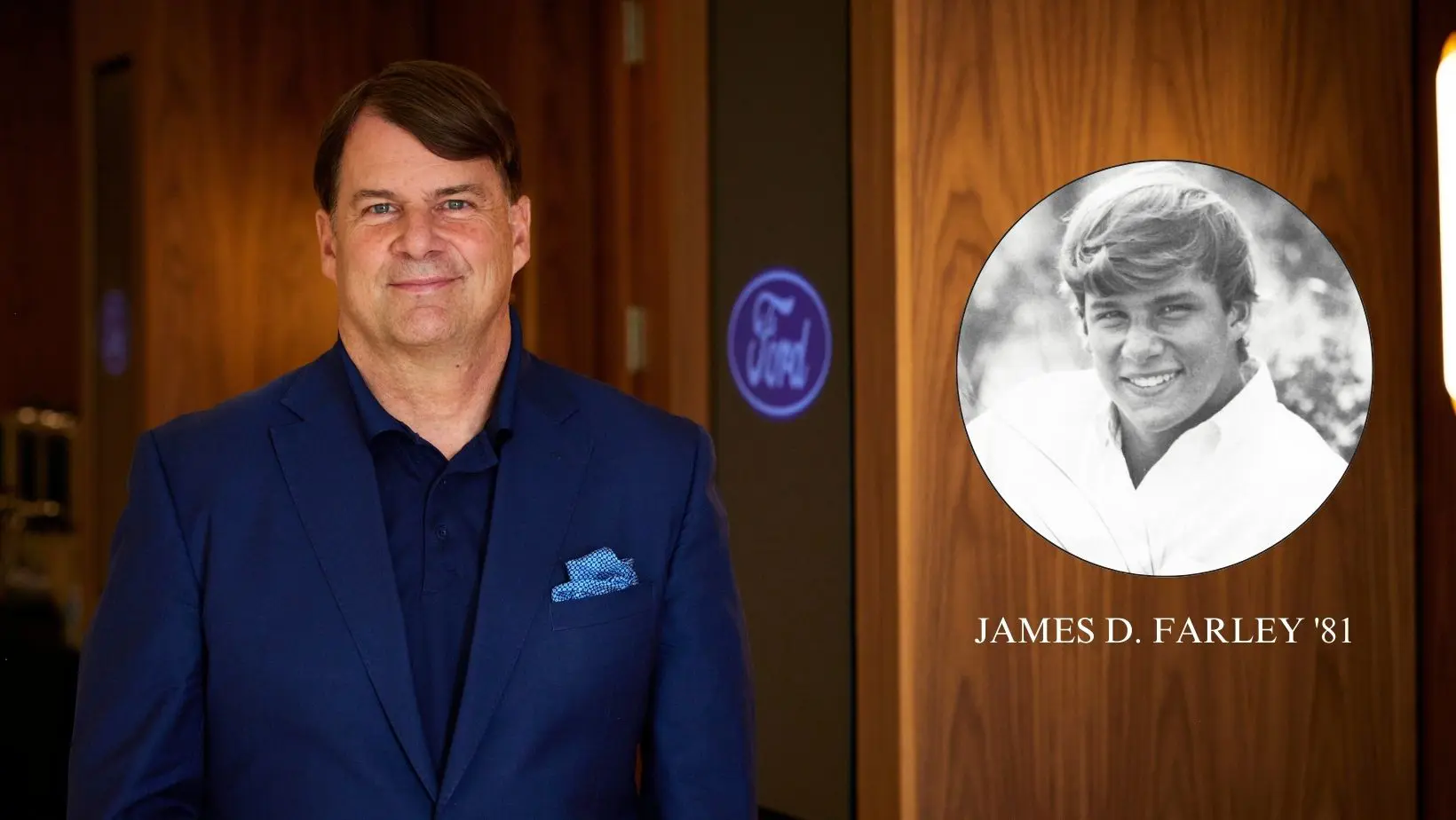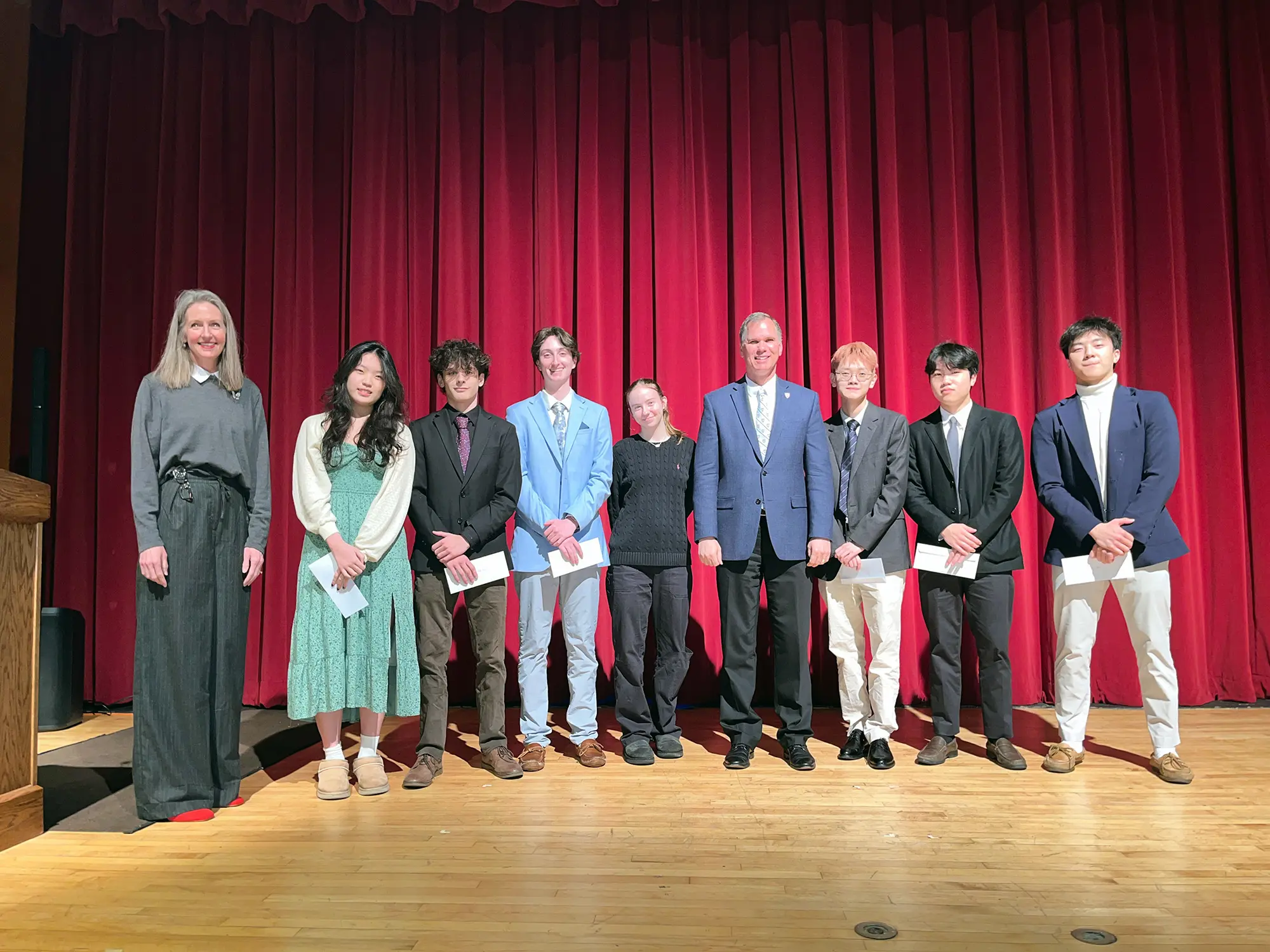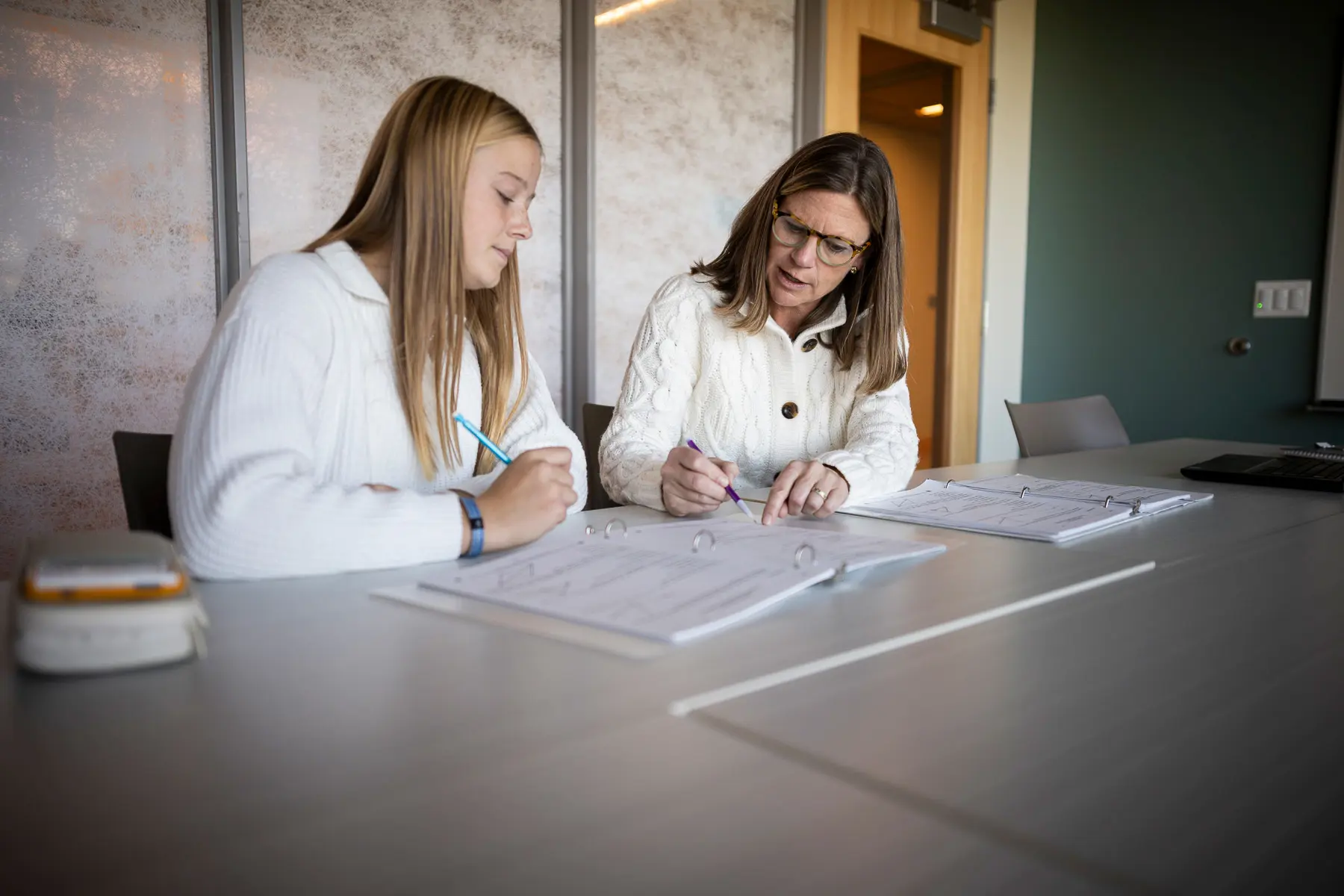NEWS AND EVENTS AT PORTSMOUTH ABBEY SCHOOL
News
-
Fri, 20 Jun 2025
Head Boy Head Girl for 2025-26
-
Fri, 20 Jun 2025
Matriculation 2025
-
Fri, 20 Jun 2025
Ravens Roundup Spring Awards 2025
-
Fri, 20 Jun 2025
Commencement 2025
-
Wed, 28 May 2025
Ravens Roundup May 2025
-
Wed, 28 May 2025
ISEF 2025
-
Wed, 28 May 2025
Steps, Songs and Sinfonia
-
Wed, 28 May 2025
Memorial Day Tribute 25
-
Wed, 23 Apr 2025
Ravens Roundup April 2025
-
Wed, 23 Apr 2025
RISEF 2025
-
Wed, 19 Mar 2025
Monk Ordained at Portsmouth Abbey
-
Wed, 19 Mar 2025
Hitchcocks' "The 39 Steps" to hit Abbey stage
-
Wed, 19 Mar 2025
2025-Commencement Speaker
-
Wed, 19 Mar 2025
Haney Fellowships 2025
-
Wed, 19 Mar 2025
Introducing Semesters
-
Wed, 19 Mar 2025
Dom Luke Childs Lecture: Cultivating Leisure vs. Avoiding Boredom
-
Wed, 19 Mar 2025
Ravens RoundUp March 2025
-
Wed, 19 Mar 2025
Sit-Down Dinners
-
Wed, 19 Mar 2025
Connecting Abroad
-
Thu, 20 Feb 2025
Portsmouth Abbey Students Shine at BOSMUN 2025
